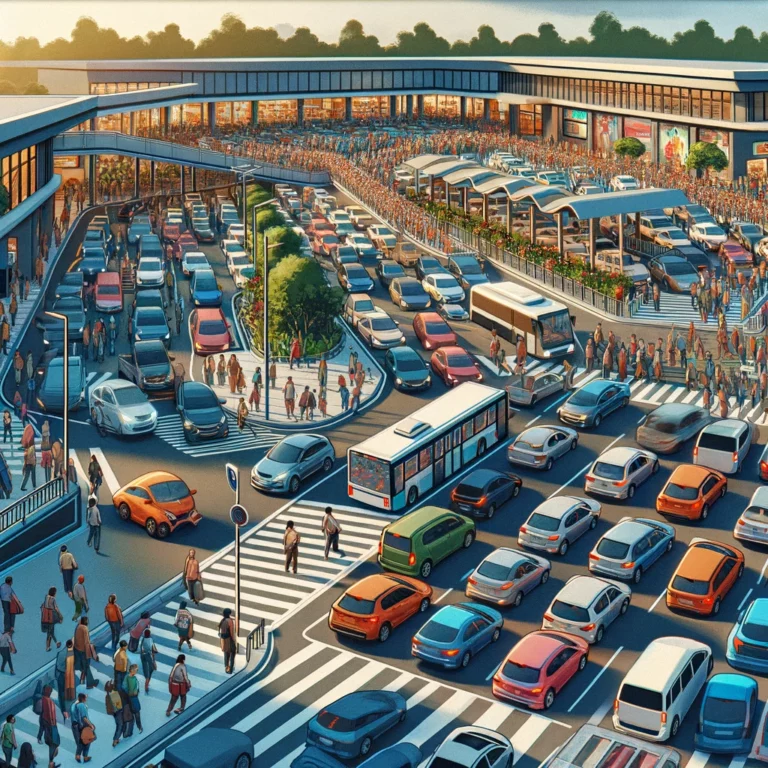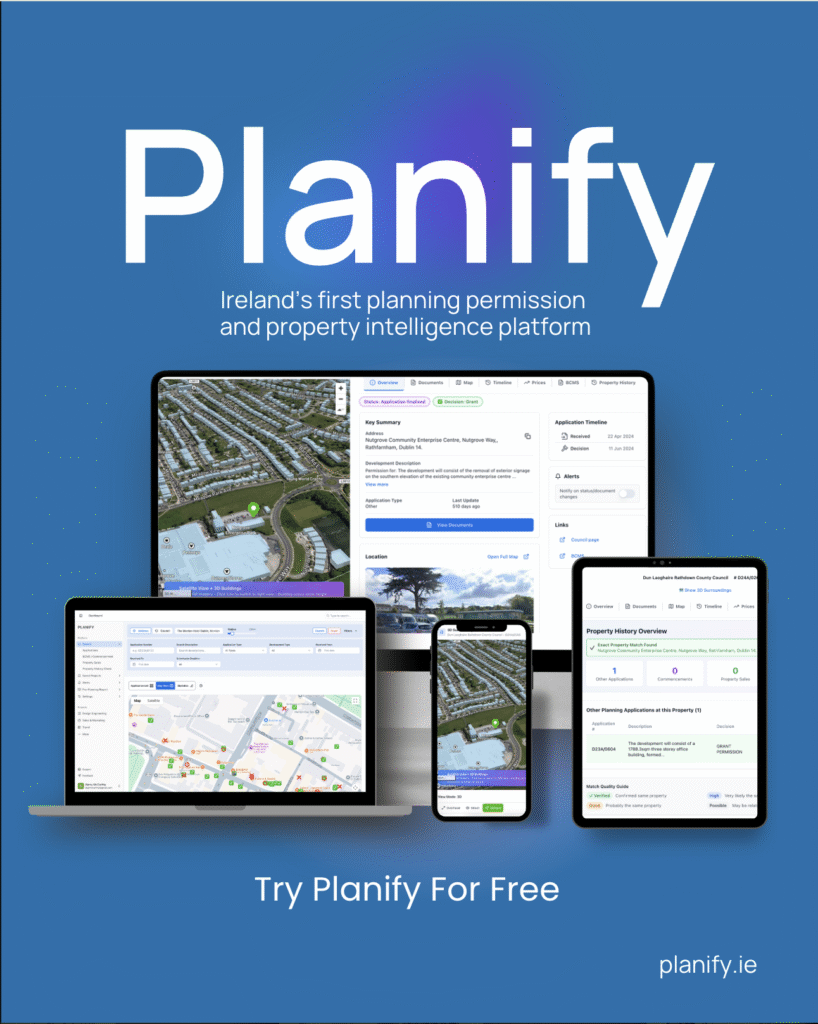Traffic and Parking Considerations

Introduction
When embarking on a commercial development, traffic and parking considerations are paramount to the project’s success and its integration into the surrounding community. These considerations not only ensure compliance with local regulations but also enhance the functionality, safety, and accessibility of the development. Here’s a comprehensive guide covering all necessary aspects, from traffic impact assessments to parking design standards and safety measures.
Traffic Impact Assessment (TIA)
A Traffic Impact Assessment (TIA) is a critical first step in understanding how a proposed commercial development will affect the surrounding road network. This assessment should:
- Evaluate Current Conditions: Analyse existing traffic volumes, road capacities, pedestrian and cyclist traffic, and public transportation usage.
- Predict Future Impact: Estimate the increase in traffic volume resulting from the development, including peak hour traffic, and assess the impact on local roads and intersections.
- Identify Necessary Improvements: Recommend improvements to mitigate negative impacts, such as road widening, new traffic signals, or roundabouts.
Mitigation Strategies
Based on the TIA, develop mitigation strategies to address potential traffic issues. These might include:
- Infrastructure Upgrades: Enhancing roadways, intersections, and pedestrian crossings to accommodate increased traffic.
- Traffic Management Plans: Implementing measures such as timed traffic lights or one-way systems to improve flow.
- Sustainable Transportation: Encouraging the use of public transport, cycling, and walking through the provision of bike racks, pedestrian pathways, and easy access to transit stops.
Parking Requirements and Design Standards
Parking is a critical component of any commercial development, requiring careful planning to meet the needs of users while complying with local regulations. Considerations include:
- Local Zoning Requirements: Adhere to local zoning codes that specify the minimum number of parking spaces based on the type and size of the commercial development.
- User Needs: Consider the specific needs of your development, such as customer turnover, employee parking, and loading zones.
- Design Standards: Ensure parking lot design meets standards for space size, aisle width, accessibility, and safety. Incorporate green parking solutions where possible, such as permeable pavements and landscaped areas.
Access and Transportation Planning
Efficient access and internal circulation are vital to manage traffic flow and ensure safety. Key considerations are:
- Access Points: Design well-placed access points to minimise congestion and conflicts between vehicles entering/exiting the site and those passing by.
- Internal Circulation: Plan for logical and safe movement within the site, including clear signage, pedestrian pathways, and designated loading areas.
- Emergency Access: Ensure that emergency vehicles can easily access and navigate the site.
Traffic Safety Measures
Safety should be a top priority in traffic and parking planning. Implement measures such as:
- Pedestrian Safety: Install crosswalks, pedestrian signals, and safety barriers where necessary.
- Lighting: Provide adequate lighting in parking areas and along pathways to enhance visibility and safety.
- Speed Control: Implement speed reduction measures within the development, such as speed bumps or narrowed lanes, especially in areas with high pedestrian activity.
Traffic and parking considerations are integral to the planning and development of commercial projects. A comprehensive approach that includes a detailed Traffic Impact Assessment, thoughtful mitigation strategies, adherence to parking requirements and design standards, careful access and transportation planning, and prioritization of safety measures, will contribute to a successful and well-integrated commercial development.




